Description
What is 4G LTE 5G New Radio Sub-6G Omnidirectional Antenna?
The 4G LTE 5G New Radio Sub-6G Omnidirectional Antenna CTRF-ANTENNA-AP-82600-27223-SMA is a full band 4G 5G 6G rubber duck antenna manufactured by C&T RF Antennas Inc that comes with 824MHz to 6000MHz frequency including ISM/SCADA/Utilities/IoT/NB-IoT/LoRa/4G LTE/LTE-IoT/5G NR/6G communication applications.
The 4G LTE 5G New Radio Sub-6G Omnidirectional Antenna comes with a 90-degree foldable hinge plastic ABS material radome and standard SMA connector, 223x27mm IP66 waterproof grade antenna size, and Omnidirectional 360-degree radiation.
We have a small size 192x16mm with the same function 4G 5G Wireless 6G Omni Dipole Antenna and a bigger size 223x35mm 4G LTE 5G NR 6G Antenna For Wireless Communication for your choice.
C&T RF Antennas Inc Is The 4G LTE 5G New Radio Sub-6G Omnidirectional Antenna Manufacturer, Contact Us For 4G LTE 5G New Radio Sub-6G Omnidirectional Antenna Datasheet & 4G LTE 5G New Radio Sub-6G Omnidirectional Antenna Pricing & 4G LTE 5G New Radio Sub-6G Omnidirectional Antenna Inventory.
C&T RF Antennas Inc provides RF Antennas with multi-frequency bands such as 169MHz, 230MHz, 315MHz, 433MHz, 868MHz, 915MHz, Lora, NFC, VHF&UHF, NB-IoT, ADS-B, GSM, Wifi 2.4GHz, 5.8GHz, 2G 3G 4G LTE, GPS, GNSS, 5G NR, UWB, etc.
C&T RF Antennas Inc. provides the 4G LTE antenna with many antenna types such as Dipole Antennas, Whip Antennas, Marine Antennas, Router Antennas, MIMO Antennas, Combo Antennas, PCB Antennas, FPC Antennas, Spring Antennas, Sector Antennas, Yagi Antennas, etc., for IoT & M2M industries.
This 4G LTE 5G New Radio Sub-6G Omnidirectional Antenna supports the following frequency bands:
5G NR: N41/N77/N78/N79
LTE-FDD: B1/B3/B5/B7/B8/B18/B19/B20B26/B28/B32
LTE-TDD: B34/B38/B39/B40/B41/B42/B43
Measured support module model:
5G module MH5000-31
5G module SIMCOM SIM8200EA M2
5G modules move away RM500Q
5G module MAG SRM825
5G module Fibocom FIBOCOM FM150
5G module China Mobile FO2x, F03
5G module Longsun EX510
And for other domestic 5G modules
4G LTE 5G New Radio Sub-6G Omnidirectional Antenna Features
Sensitive signal
Stable sending and receiving
Gain 8DBI
SMA Standart Connector
High performance
Low power consumption
5G antenna signal strong and wide coverage
90-degree folding
Can be folded at will, is easy to use
4G LTE 5G New Radio Sub-6G Omnidirectional Antenna Specifications
4G LTE 5G New Radio Sub-6G Omnidirectional Antenna Electrical Specifications |
|
| RF Antenna Type | Omni Rubber Duck Antenna |
| Model | CTRF-ANTENNA-AP-82600-27223-SMA |
| Frequency Range | 824-6000MHz |
| Gain | 4-8dBi |
| VSWR | ≤2.0 |
| Impedance | 50 Ω |
| Polarization | Linear |
| Directional | Omnidirectional |
| Connector | SMA Male |
| Max Power | 50W |
| Lightning Protection | DC-Ground |
4G LTE 5G New Radio Sub-6G Omnidirectional Antenna Mechanical Specifications |
|
| Dimension | 27*223mm |
| Weight | Approx. 25g |
| Radome Material | Plastic ABS |
| Operation Temperature | -20˚C ~ +80˚C |
| Storage Temperature | -40˚C ~ +80˚C |
| Color | Black or White |
| Antenna Design | Dipole Array |
| Mounting | SMA Connector |
| SafetyEmission and other | RoHS Compliant |
| Applications | ISM/SCADA/Utilities/IoT/NB-IoT/LoRa/4G LTE/LTE-IoT/5G NR/6G, GSM/GPRS/UMTS, etc. |
Millimeter-wave 5G Antenna Design
As we all know, 5G will have two frequency bands, a low-frequency band, and a millimeter-wave, and a millimeter-wave has a short wavelength and a lot of loss.
Therefore, in 5G communication, we must solve this problem.
The first solution is a substrate-integrated antenna (SIA).
This antenna is mainly based on two technologies
When the empty waveguide transmits, the loss caused by the medium is very small, so the empty waveguide can be used for feed transmission.
But there are several problems because it is an air waveguide, which is very large in size and cannot be integrated with other circuits, so it is more suitable for high-power and large-volume application scenarios.
The other is microstrip technology, which can be mass-produced, but its loss as a transmission medium is large, and it is difficult to form a large-scale antenna array.
Based on these two technologies, substrate-integrated waveguide technology can be produced. This technology was first proposed by the Japanese industry.
In 1998, they published the first paper on the waveguide structure of dielectric integration. They mentioned that the waveguide is realized on a very thin dielectric substrate, and small pillars are used to block electromagnetic waves to avoid following both sides.
This is not difficult to understand. When the distance between the two small columns is a quarter wavelength, the energy will not leak out, which can form high efficiency, high gain, low profile, low cost, easy integration, and low loss. Antenna.
This scheme is suitable for the application of millimeter waves on base stations, and there is another scheme on mobile terminals.
The second solution is to design the antenna in a package (package integrated antenna, or PIA).
Because the biggest problem of the antenna on the chip is that the loss is too large, and the size of the chip itself is small, the design of the antenna will increase the cost, so it is almost impossible to get a large-scale application in engineering.
If the package (larger than the chip) is used as the carrier to design the antenna, not only a single antenna can be designed, but also an antenna array can be designed, which avoids the volume, loss, and cost constraints of directly making an antenna on silicon.
In fact, the antenna can be designed not only inside the package, but also on the top, bottom, and surroundings of the package.
Another point to note is whether the PCB board can be used as an antenna, the answer is yes.
The key bottleneck is not the material itself, but the design and processing problems caused by the material. However, PCB is only suitable for frequency bands below 60GHz. LTCC is recommended after 60GHz, but after 200GHz, LTCC also has a bottleneck.
Summary
In the future, antennas must be designed together with the system instead of separately. It can even be said that the antenna will become a bottleneck of 5G.
If this bottleneck is not broken, the signal processing on the system will not be realized, so the antenna has become the 5G mobile communication system. Key technology.
The antenna is not just a radiator, it has filtering characteristics, amplifying effects, and suppressing interference signals. It does not need the energy to achieve gain, so the antenna is more than just a device.
4G LTE 5G New Radio Sub-6G Omnidirectional Antenna Features

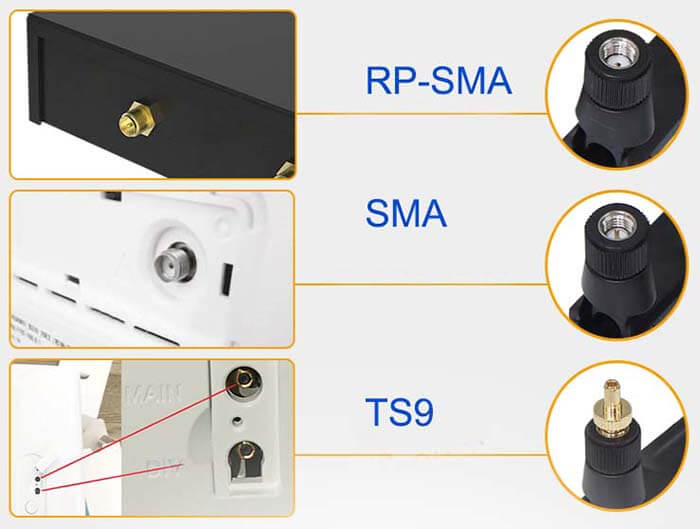
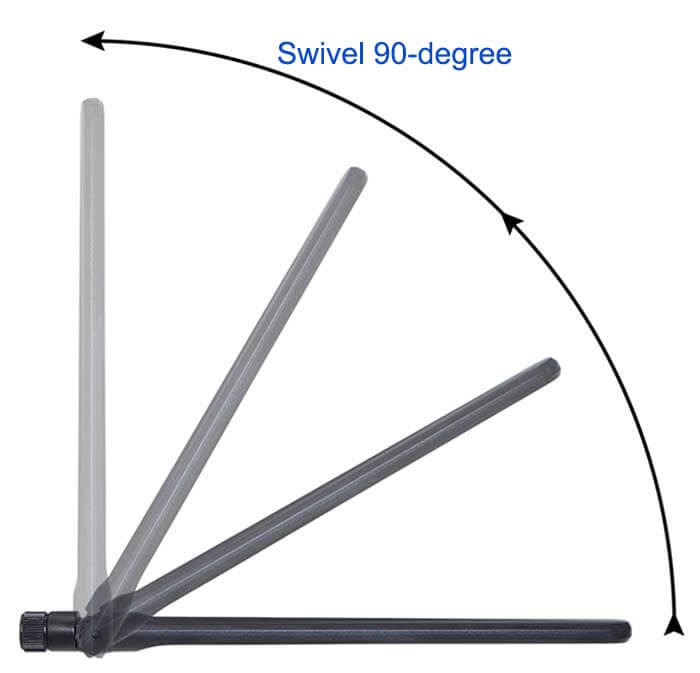
4G LTE 5G New Radio Sub-6G Omnidirectional Antenna Applications
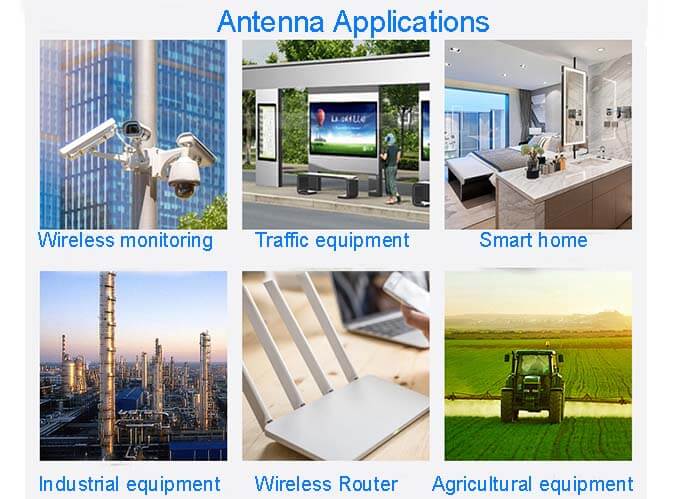

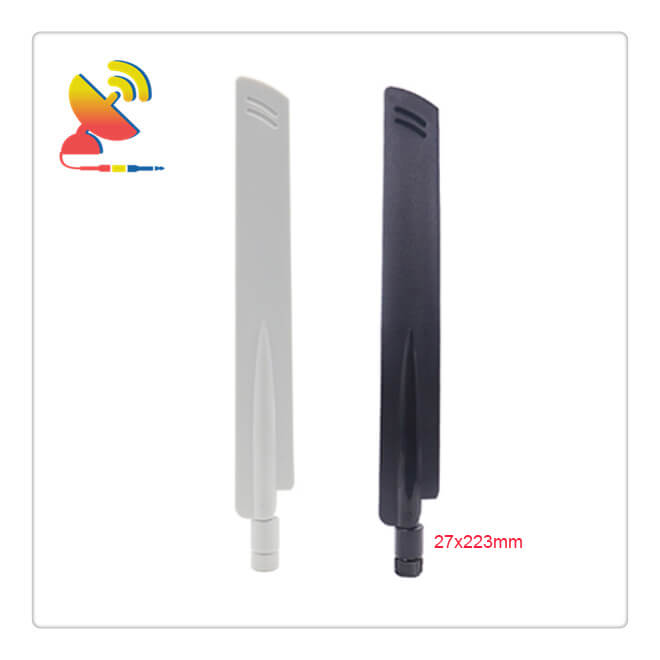
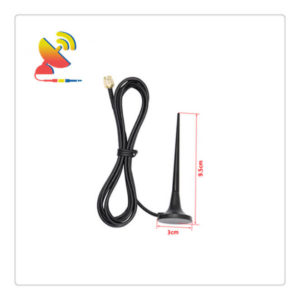
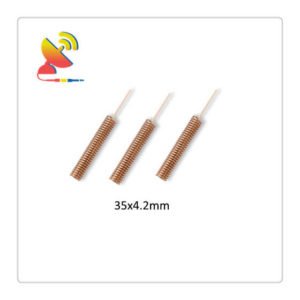
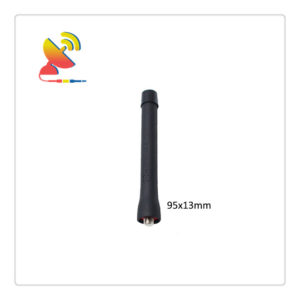
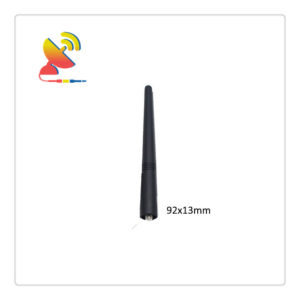
Reviews
There are no reviews yet.